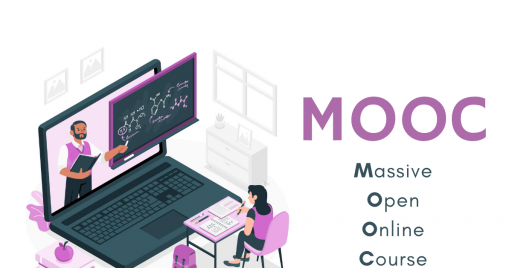

What are MOOCs? - Infographic
State of the art of Massive Open Online Courses and future predictions
What are MOOCs? - Infographic
State of the art of Massive Open Online Courses and future predictions
The acronym MOOC was first used in 2008 at Athabasca University (Canada), but it seems that the concept of Massive Open Online Course (MOOC) originated in the 1960s, before the spread of the internet, to define free, distance learning courses involving large numbers of people.
MOOCs originated in the U.S. and captured a very large share of the public, particularly from 2011 onwards. But now that eLearning is increasingly popular, MOOC users are expected to grow, seeing an increase in the Asian and other developing country audience.
The identikit of the MOOC user
The audience for MOOCs is very broad to date:
- 1/3 are students in high school, 1/3 are college graduates, 28% have education beyond a master's degree;
- 40% are under 30.
However, 70% don't complete the course they started, even though retention rates have grown by 20% in 2020.
What are the strengths of MOOCs?
- they are free
- they are courses that are qualitatively comparable to traditional training in content
- they bring together millions of people from all over the world
- they allow flexible use, in terms of time and pace.
A MOOC has the same ease of a traditional classroom to create emotional bonds, but gives the teacher and students new tools and possibilities.
Let's learn more about the world of MOOCs in this infographic.

Translated with www.DeepL.com/Translator